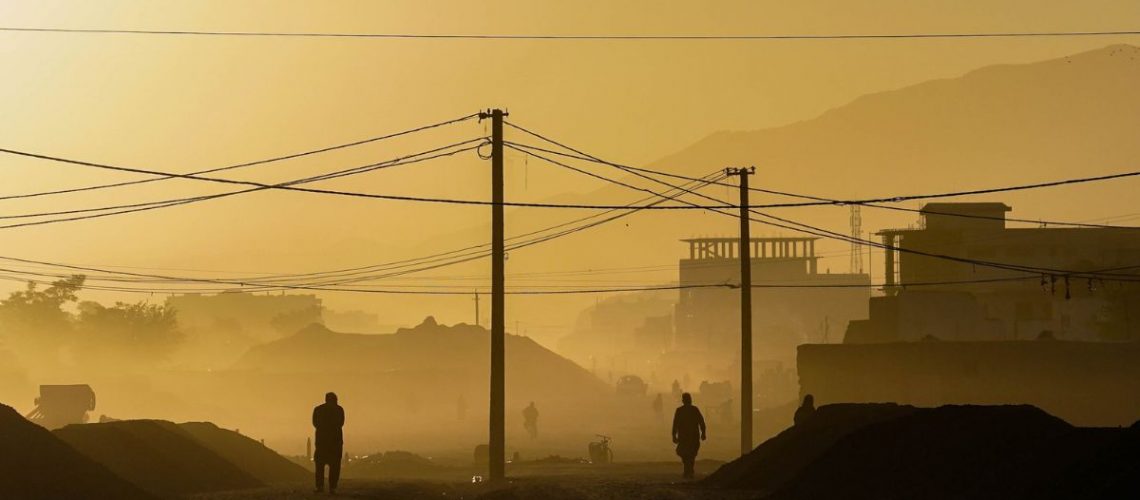On June 30th, the United States State Department finally released its long-awaited report on the end of the Afghanistan campaign. This “After Action Review” (AAR) is not as wide as the White House’s official account of the events. However, it does go much deeper into the State Department’s role in the debacle.
Its conclusions and recommendations are not kind. Although they praise the actions of staff members as “heroic”, it does not shy away from condemning the agency’s plan – or perhaps more appropriately, the absence of one. Rather than point to external political culprits, it provides a detailed account of the last days of our country’s involvement in Kabul.
The U.S. Troop Withdrawal on Afghanistan: What Went Wrong
On August 30th, 2021, the U.S. withdrew the last of its troops from Afghan territory. The move was long in the making: it was first announced in 2014 by President Barack Obama, immediately after announcing the end of Operation Enduring Freedom.
And yet, troop numbers ebbed and flowed during the intervening years. The announcement was followed by years of movement and negotiations, which eventually concluded with a US-Taliban deal, signed on February 29th, 2020.
As the U.S. withdrew its support to the official Afghan military, the balance of power changed. The Taliban gained the upper hand, and by July, they had encircled the capital of Kabul. On August 15th, Kabul fell and the Afghan government crumbled – with over 5,000 U.S. and NATO troops still trapped inside.
The following two weeks saw a chaotic withdrawal. In addition to soldiers and military equipment, approximately 1,000 U.S. civilians and local translators remained stranded in Kabul’s airport. The airport was attacked first by a suicide bomber, and then by ISIL-K mortar. Minutes after the last soldiers were airlifted, and the last US flight departed, Taliban troops entered the airport.
Highlights of the US Report on Afghanistan Evacuation
Many Americans will forever remember the horrific images of U.S. Aircraft carriers leaving Kabul, with hordes of civilians rushing inside. For the Department of State, it is essential to ensure that no similar scenario can ever happen again.
The After Action Review examines the protocols and actions taken by key military and civilian leaders, attempting to determine what went wrong. The full report, which is 24 pages long, outlines four key deficiencies:

1. No designated task force
One of the most glaring (and specific) criticisms against the State Department was its “failure to set up a crisis management task force” to oversee the evacuation, especially during its final weeks.
From the outside, a task force may sound like a fancy name for a committee. In reality, a well-established task force would have pre-designated key players ahead of time and brought them together in advance. They would’ve been in charge of implementing contingency measures and had access to the resources needed to conduct a possible evacuation.
2. No clear liaison with the Pentagon
With no committee to organize the logistics came another problem: there was no visible head or go-to person. In the words of the report, “The planning process was hindered by the fact that it was unclear who had the lead.”
As a result, when the internal faction struggle in Afghanistan took a turn for the worse, the Pentagon had no clear point of contact in the State Department. Between June and early August, the Pentagon sent additional troops to Afghanistan to help secure the area and attempt to stabilize the friendly Afghan government. However, this had implications for the evacuation proceedings, but there was no chance to properly discuss them with the State Department.
3. Poor consideration of worst-case scenarios
The Afghanistan withdrawal technically fell under the purview of two different Presidential administrations, which has often muddled the accountability process. Nevertheless, the AAR concludes that during both administrations “there was insufficient senior-level consideration of worst-case scenarios.”
With no specific scenario modeling or contingency plan, the situation deteriorated quickly, beyond the State Department’s ability to react.
A good example is the decision to hand over Bagram Air Base back to the Afghan government. While it may have seemed logical to give up air bases one at a time, it accidentally created a deadly bottleneck: it left only one exit point for the final evacuation of civilians.
4. An unnecessarily tight deadline
According to the White House, much of the responsibility behind the debacle rests on the departing Trump Administration, which left “nothing planned” and left office. Yet, Biden also ignored calls to act sooner, especially where the evacuation of civilians and Afghan interpreters was concerned.
Veterans groups and members of Congress began asking to begin the evacuation of civilians in early April 2022. A key aspect of this process was to speed up the processing of Special Immigrant Visas for Afghan citizens who had collaborated with the U.S. government, and who were deemed at high risk of reprisal by the Taliban.
The combination of bureaucratic backlog and last-minute planning meant that thousands of people who had risked their lives for the U.S. were abandoned.
Poor Planning had Deadly Consequences
The mistakes made during the evacuation cost human lives – and what’s more, we may not know exactly how many. Many of the Afghan allies whose visas were not processed in time were killed by the Taliban, and others simply disappeared. Even if we confine our death toll to those who died in the airport, we’re talking about 13 U.S. service members and 170 civilians.
Their families and memories deserve official acknowledgment for their sacrifice, as well as an honest display of accountability from the leaders responsible. What’s more, the country as a whole deserves to see the mistakes examined, so that we may never face such scenes again.
Image Credit: Photo by Mohammad Rahmani on Unsplash


